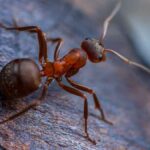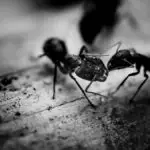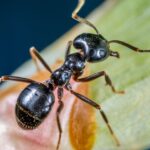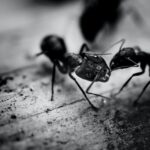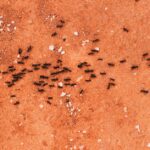Ah, ants. Those pesky little creatures always seem to find their way into our homes, no matter how hard we try to keep them out. Every summer, we’re inundated with calls from people concerned about the signs of an ant infestation.
So, how do you know when you’re dealing with an ant problem? Well, the answer might surprise you. You don’t have to be a pest control expert to spot the tell-tale signs of an ant infestation. Read on to find out how to spot the problem early and take action before it gets out of hand.
The first thing to look for is the presence of ants themselves. If you find ants crawling around your kitchen or other areas of your home, you can be almost certain you have an infestation. But don’t worry, it’s not as bad as it seems. You can get rid of the problem quickly and easily with a few simple steps.
Another sign of an ant infestation is the presence of ant trails. These trails are usually made up of tiny bits of dirt and other debris that the ants have left behind as they travel from one place to another. If you see these trails around your home, you likely have an ant problem.
Finally, if you find piles of tiny dirt mounds around your home, you probably have an infestation. These piles are created by the ants as they tunnel through your walls and floors in search of food and shelter.
Don’t let an ant infestation take over your home. With some knowledge and timely intervention, you can get rid of the problem quickly and easily. So, keep your eyes peeled for the signs of an ant infestation and take action before it gets out of hand.
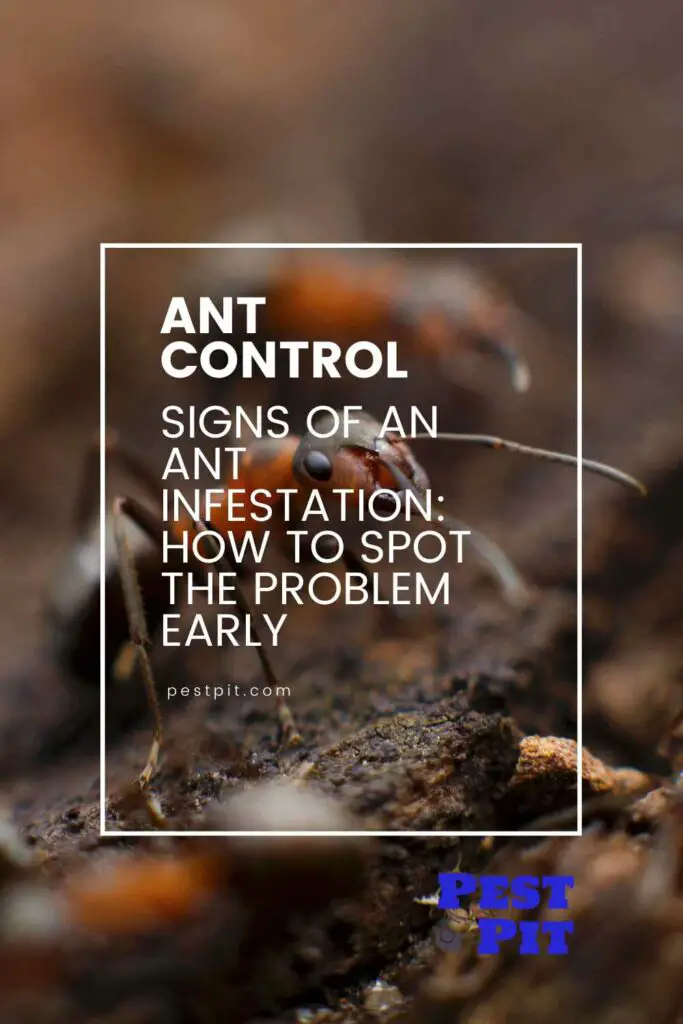
Common Signs of an Ant Infestation

Have you noticed little black ants scurrying across your kitchen counter or red ants marching into your living room? If so, it’s time to take action, as these are common signs of an ant infestation.
- Seeing ants in the home – the most obvious sign of an ant infestation is seeing ants in the home. Depending on the type of ant, they can be black, red, or a combination of both.
- Finding ant trails – ants are social insects, meaning they travel in large groups, often leaving a trail of pheromones that other ants follow. You likely have an ant infestation if you see a continuous line of ants.
- Unusual sweet smells – ants are attracted to sweet smells and food, so if you smell something sweet in your home, it could be a sign of an ant infestation.
- Mounds of dirt outside – if you have noticed mounds of dirt outside your home, this could be a sign of an ant infestation. Ants will often dig tunnels in the ground, creating mounds of dirt that look like volcanic eruptions.
- Evidence of damage – if you have noticed damage to the wood in your home, it could be a sign of an ant infestation. Carpenter ants will bore into wood and create galleries, leaving sawdust and other debris behind.
If you have seen any of these signs, taking action quickly is important. An ant infestation can quickly become a big problem if left unchecked.
Identifying the Type of Ant
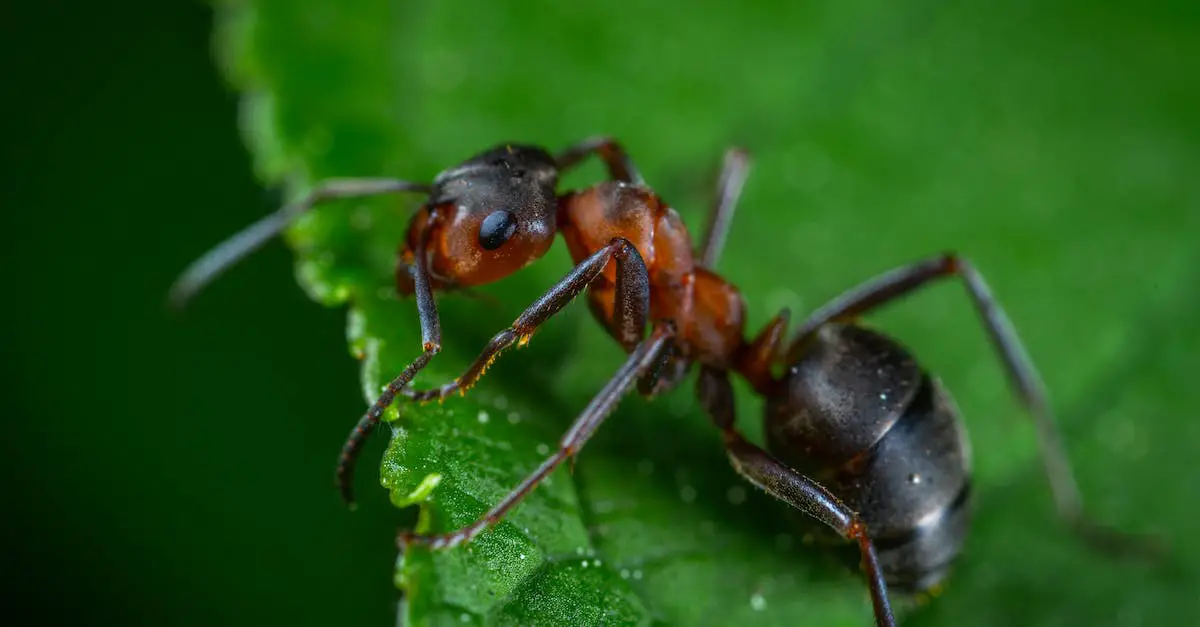
So you think you might have an ant infestation? The first step is to figure out what kind of ant you’re dealing with because it will help you determine the best way to tackle the problem.
Identifying the type of ant is surprisingly easy, and you don’t need to be an entomologist to do it. All you need to do is take a look at the ant itself. Ants come in various shapes and sizes and can belong to several different species, so it pays to be attentive.
To get a better understanding of what kind of ant you’re dealing with, take a look at its:
Size: Is it small, medium, or large?
Color: Is it dark or light?
Shape: Is it long and thin or short and round?
Behavior: Is it crawling around, or is it flying?
By answering these questions, you can narrow down the type of ant you’re dealing with. For example, if you’re seeing small, dark ants crawling around, chances are you’re dealing with the common house ant.
Once you’ve identified the type of ant, you can determine how to best tackle the problem. So keep your eyes peeled, and don’t be afraid to get up close and personal with those pesky critters!
Where to Look for Ants
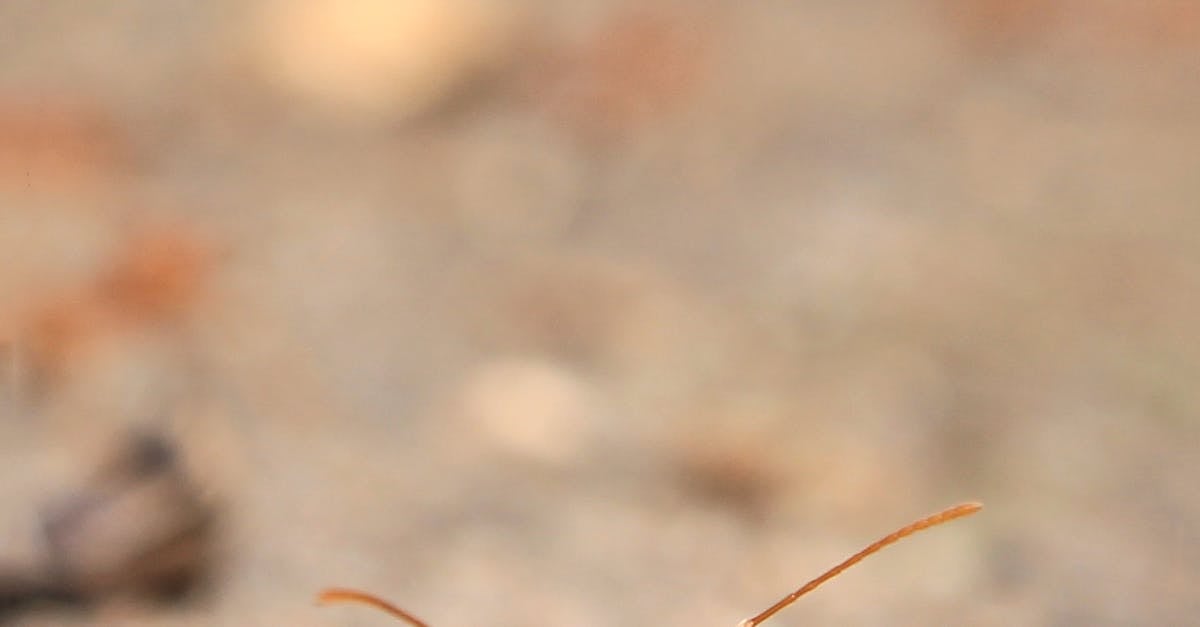
When finding ants, looking in the right places is important – you don’t want to go on a wild ant goose chase around the house! To make sure you spot the problem early, here’s where you should be looking:
- Kitchen: Ants love food, so your kitchen is one of the first places you should check. Look for ants around food containers, items, and work surfaces.
- Bathroom: Ants also love moisture, so it’s worth checking around sinks and taps in the bathroom.
- Windows and Doors: Ants can make their way in through small cracks in windows and doors, so check for any signs of a colony around these areas.
- Trashcans: Ants will also be attracted to your trash cans, so check around them, too – you don’t want them in your kitchen!
Armed with this knowledge, you should be able to spot an ant infestation early and take appropriate action. Just remember, the sooner you spot the problem, the sooner you can work on solving it – and trust me, you don’t want an ant infestation to spiral out of control!
How to Determine the Severity of an Ant Infestation
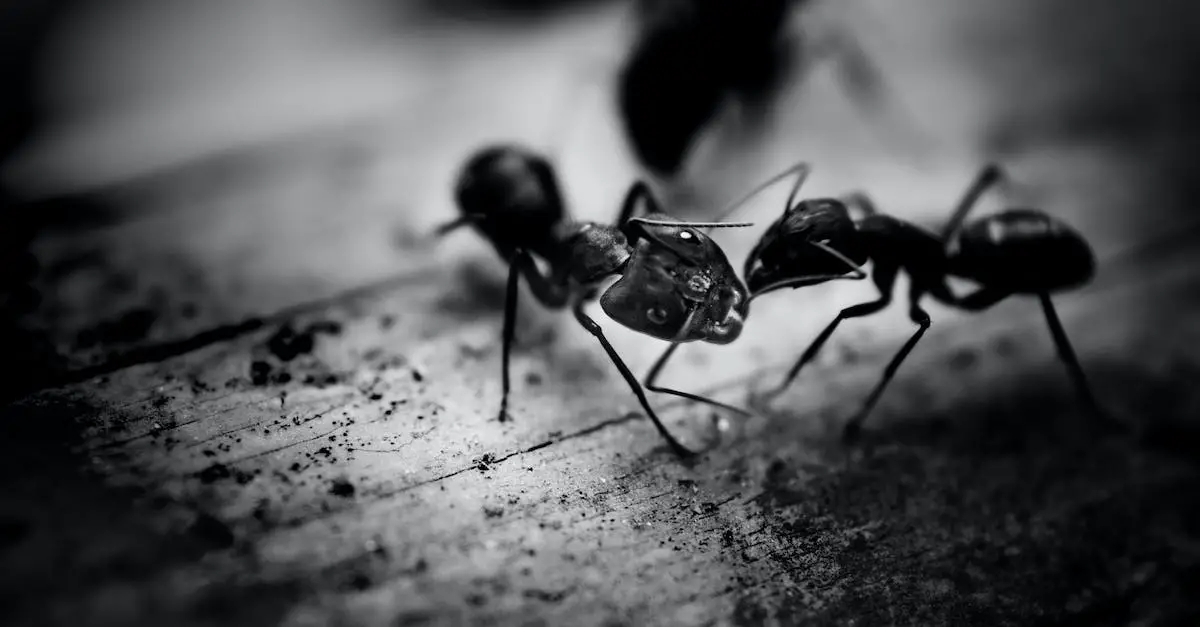
So, you’ve spotted the signs of an ant infestation. You’ve seen the little critters scurrying around your kitchen or noticed their tracks leading up to your sink or pantry. Now you’re wondering – how can I tell if the problem is serious?
Well, let me tell you:
- Look for a Nest – If you can find a nest, you have an advanced infestation. Ants form their colonies in hidden places such as wall cavities, attics, basements, and other dark, damp areas.
- Identify the Species – Different ant species have different levels of severity. For example, carpenter ants are more serious than fire ants, which are more serious than pavement ants.
- Check for Damage – Some ant species can cause serious damage to your home. Carpenter ants, for example, can cause structural damage to wood and other materials.
- Look for More Insects – If you have ants, you may also have other insects, such as cockroaches, moths, beetles, and fleas. These can be even more difficult to control, so it’s important to identify and address the problem early.
Remember, the best way to determine the severity of an ant infestation is to call in a pest control expert. They’ll be able to identify the species and create a treatment plan to eliminate the problem quickly and effectively.
Preventative Measures to Take Against Ants

If you want to be proactive about preventing an ant infestation, you can do a few things. Firstly, keep your home as clean as possible. Clear away crumbs, wipe away spills, and keep surfaces free from food residue. Vacuum your carpets and upholstered furniture regularly, especially in areas where you eat, like the kitchen and dining room.
Secondly, seal up any cracks or crevices you can find. Even the tiniest holes can give ants access to the inside of your home. Use caulk or expanding foam to fill gaps or holes around windows, doors, and pipes.
Thirdly, store food in airtight containers or refrigerators. Ants are attracted to food residue, so keep your pantry and cupboards clean and tidy. Keep pet food covered, too, as it can be a beacon for ants.
Fourthly, trim any overhanging branches or plants close to the house. Ants use these as bridges, so keep them away from the building.
Finally, make sure your home is well-ventilated. Poor ventilation can create the perfect environment for ants to live and breed.
Professional Treatment for an Ant Infestation
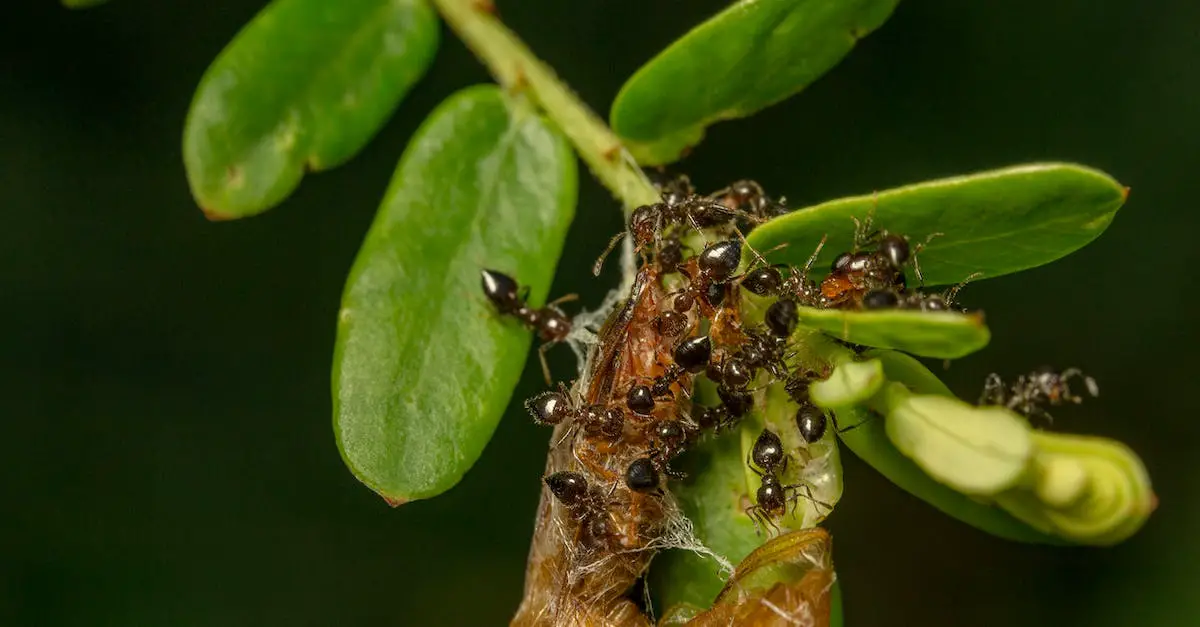
Let’s face it, there’s no way you’ll outwit or outlast an ant infestation on your own. Don’t waste your time and energy trying. Professional treatment is the best way to go.
If you suspect you have an ant infestation, the first step is to call a professional pest control company. A professional can identify the species of ant, assess the severity of the infestation and recommend the best course of action.
Before you call a professional, there are a few things you can do to prepare. Make sure to declutter your home, especially where you’ve seen ants. This will give the pest control technician a better view of the infestation and will help them to identify the source of the problem more quickly.
Sealing any cracks and crevices is also important to prevent more ants from entering. Caulk around windows, doorways, and baseboards, and seal any holes in your walls.
Once you’ve called a professional, you should expect them to inspect your home and develop a plan tailored to your needs. Depending on the severity of the infestation, they may suggest a combination of treatments such as baiting, spraying, and dusting.
Regarding ant infestations, the key to success is to act quickly. Don’t wait until the problem is out of control, act now and get professional help.
Conclusion
Well, there you have it, ladies and gentlemen, your complete guide to spotting the signs of an ant infestation early. Now, you may be wondering why this is even important—after all, it’s just a few ants, right? WRONG! Those little buggers can cause many problems if left to their own devices. From creating colonies in your walls to getting into your food, an ant infestation can quickly become a real problem.
So, if you think you have an ant infestation, don’t wait! Take the steps outlined in this article to help identify the problem and get it taken care of quickly and efficiently. And if you ever need any help, don’t forget to call your local pest control expert. We’ll be more than happy to help you out!

